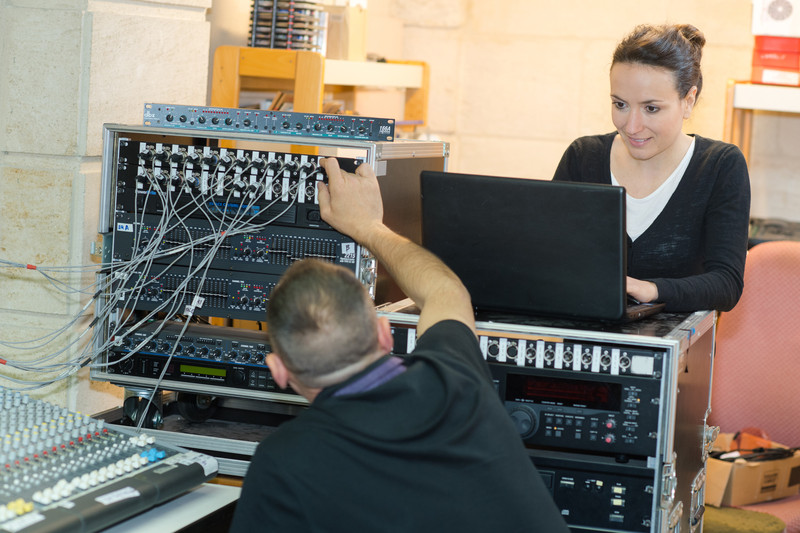The equipment used in control systems must be maintained and tested regularly. It is necessary to perform functional and performance tests for monitoring systems, automatic control devices and protective devices. This course delves into these systems and illustrates how power, lighting and communication details for engineering projects use technical and electrical drawing. The electrical drawings’ lines, symbols, dimensions and notations convey the engineering design to the electrical system workers installing the equipment. Electrical installations are continuously subjected to structural and climatic changes, which cause wear and tear. Investigate these electrically induced stresses causing volumetric changes that contribute to the wear and tear of electrical equipment. Analyze common faults in electrical installations on ships from short circuits and earth faults. Accurate alignment is vital to the working life of rotating equipment. Bearings, mechanical seals, packing and couplings are all directly affected by the alignment of shaft center lines. The goal of the alignment process is to create a straight line through the coupling.
This course offers an understanding of the mechanisms of electric circuits relevant to marine communication systems. You will explore the methodology and classification of the general maintenance of electrical equipment. We introduce you to fault detection and the various troubleshooting techniques of electrical equipment. We also discuss testing, calibration and maintenance of the control system and offer an extensive guide to the benefits and facilities of switchboards. You will learn to discuss safety considerations, inspection, tests for switchboard maintenance, detection, location and prevention of electric malfunctions. Research different types of frequency meters and study the functions of the electrical monitoring systems of the marine environment. Then you will master the functions and performance tests of the protective devices.
Lastly, you will learn to interpret the American National Standards Institute (ANSI) numbers, wiring diagrams and other simple electrical diagrams. We outline how to maintain generators, motors and circuit breakers. Examine the insulation resistance measurement, operation tests and other tests for the circuit breaker. Study the machinery alignment of electrical equipment and air gaps between the machine parts. Then consider the overhauling of bearings and the active and passive safety methods in marine electrical systems. Lastly, you will learn about the safe isolation of all electrical plants and equipment required before work. This course will be of significant interest to students, researchers, marine engineers, environmentalists and anyone interested in the electrical arrangements of the marine environment. Enroll today!
What You Will Learn In This Free Course
View All Learning Outcomes View Less All Alison courses are free to enrol study and complete. To successfully complete this course and become an Alison Graduate, you need to achieve 80% or higher in each course assessment. Once you have completed this course, you have the option to acquire an official , which is a great way to share your achievement with the world.
Your Alison is:
- Ideal for sharing with potential employers
- Great for your CV, professional social media profiles and job applications.
- An indication of your commitment to continuously learn, upskill & achieve high results.
- An incentive for you to continue empowering yourself through lifelong learning.
Alison offers 3 types of s for completed courses:
- Digital : a downloadable in PDF format immediately available to you when you complete your purchase.
- : a physical version of your officially branded and security-marked
All s are available to purchase through the Alison Shop. For more information on purchasing Alison , please visit our FAQs. If you decide not to purchase your Alison , you can still demonstrate your achievement by sharing your Learner Record or Learner Achievement Verification, both of which are accessible from your Account Settings.





















 Avg Hours
Avg Hours CPD Accredited
CPD Accredited
 Total XP:
Total XP: 
 Knowledge & Skills You Will Learn
Knowledge & Skills You Will Learn
 $95,641
$95,641

















